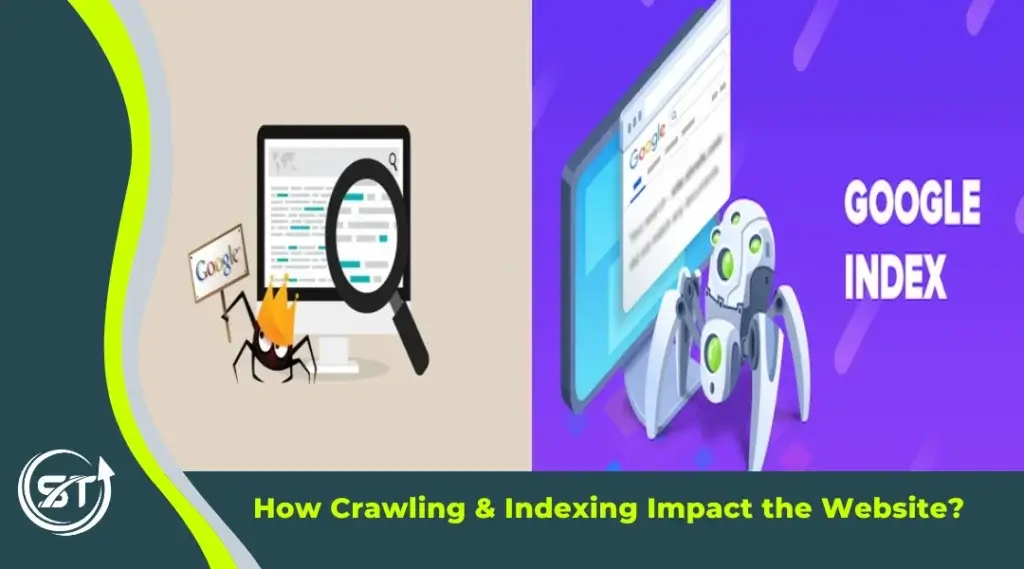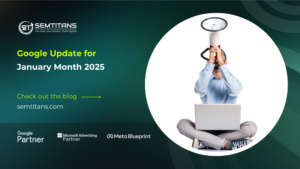
Introduction
Google, as the search engine, does wonders in searching everything and anything as billions of people worldwide use it, but it only reveals a little when it comes to secrecy. Many wondered about Google and its unpredictable algorithm updates that it launches from time to time, where numerous search engine optimization experts spend much time and effort trying to figure out what kind of algorithm update, they will face and how it will affect the website.
Google has several factors that measure the performance of a website; these include layout, content quality, user experience, backlinks, website traffic, and many more. Most experts think creating backlinks and generating quality content will help your website. Still, we should pay attention to other factors which equally contribute to building your site’s authority. Out of all the Google factors which impact the website, we shouldn’t forget that crawling and indexing are two tasks that play a crucial role in how Google’s search algorithm works.
Table of Contents
ToggleWhat is Website Crawling?
Crawling is the first line of defense in indexing websites as it analyzes the web pages. This starts with a list of web addresses from past crawls and sitemaps provided by website owners, as crawlers or spiders visit these websites and utilize the links on those sites to find other pages. Crawlers check every link to see if it exists, and its content is analyzed.
In layman’s language, website crawlability is a check that Google bots do to ensure that all your website content has been found and indexed by Google. Crawling is very similar to how internet users browse the web, and crawlers pay special attention to new websites, changes to existing sites, and dead or broken links.
What is Website Indexing?
Crawling and indexing are essential parts of technical SEO. Indexing a website or blog on Google or other search engines is the process of adding the site to a search engine’s database and making it accessible to the public so that people can find it when they search for information.
A page’s indexability is defined as the ease with which a search engine can determine what the page is about and add it to its index. The higher a page’s indexability, the higher its chances of being displayed in search results.
With Search Console, you can find and fix errors that can prevent your pages from being indexed. You can use the indexed pages report to see which URLs have been indexed by Google. The not indexed pages report shows you the URLs that are not currently indexed. It also shows error pages, do followed pages, and redirected pages also gives you access to crawl errors. With crawl errors, you can learn about issues with crawling, rendering, and displaying your page’s content on search engine web servers.
Factors Affecting Website Crawlability and Indexability
Site Structure
Site structure is an essential aspect of SEO strategy. The overall structure of your website is called site structure. Google determines how well-organized your website is by looking at the site structure, which shows which pages are most important for users to visit.
The best thing you can do to ensure your website is crawlable is to have a solid informational site structure. The different methods to structure your website are breadcrumbs, categories, page tags, and internal links. Creating categories and including relevant keywords in your site’s titles and URLs can help search engines find what they want. With a method like breadcrumbs, show where someone is within a website. Categories are used to organize large websites or sites with multiple products. Page tags organize similar information on a page around the same topic. Internal links keep users on your site by pointing them toward related content.
Broken links
Ever wondered how many broken links are there on your website? Broken links are bad for SEO, but they are also bad for users. A broken link is a link that needs to be fixed. It may be because the file may not exist anymore, or there may be an error in the URL itself. Either way, it will cause people visiting your site to get frustrated, or worse they might not see what they’re looking for.
To increase your website’s crawlability, you can do a few essential things. An excellent way to increase your crawlability is to ensure you don’t have any broken links. This means checking for broken links and setting up redirects for URLs that require it.
Server Errors
Server errors can slow your crawlability. If you see this particular error message, it means that your server is sending back 404 errors and not redirecting the crawlers to relevant content.
To solve the server error, you can look into a few things when you find that your site is not being crawled and indexed. You should check the error logs on your server.
Duplicate content
Google does not like duplicate content on the search engine results page, which may hurt your SEO efforts. Google can ignore the duplicate content or, in extreme cases, penalize your website altogether. You can fix this problem by using 301 redirects and canonical links.
Internal link structure
Internal Links are the connecting links within a website. These links help visitors navigate your site and help search spiders identify your content structure and subject matter. This can have a positive impact on search engine rankings, as well.
The website, which has many orphaned pages, means no internal links usually aren’t found by search engine crawlers, which may cause crawlability and indexability issues.
Crawler Access
You may want to prevent certain pages from being accessed in Google Search results by blocking web crawlers from crawling and indexing a page. For example, you should block sensitive or confidential internal documents on your site that aren’t publicly available.
If you want to block a page, make sure you are only blocking the page you intend. If you mistakenly block other pages, those pages will be blocked from loading, creating a terrible experience for your customers. So, make sure to double-check your code carefully if you do plan on blocking something.
Improving Crawlability and Indexability
Improving your website’s crawlability and indexability can help ensure that important pages are included in search results. Here are some things you can do to improve both:
Sitemap submission
Sitemaps are an excellent way for search engines to keep track of all your website’s URLs. Sitemaps are the most effective way to inform Google about a new or updated page on your site. It allows bots to crawl your site, find new pages, and display them in search results.
A sitemap is a file that can be found at the root of your domain. This lets bots know which pages are essential to your site and provides additional information about the pages’ content and language.
You can tell Google all about your website’s content with a sitemap. Sitemaps are generated monthly, and scheduling one each month for your site is recommended. When you submit a sitemap to Google, they will look at the file to determine which pages are available on your site and update their system so that searchers see the most up-to-date version of your site when they search for it.
Regular Updates and Creating New Content
Keeping your content fresh and up-to-date is the first step to a better website. Not only does updated content improve your SEO rankings, but it also improves your crawlability with search engines like Google. Google is also interested in more dynamic sites, so adding and updating some information will help Google find your site.
Avoid Duplicate Content
Multiple versions of the same page on your site are called duplicate content. Duplicate content leads to confusion among search engines and users, which can have a negative impact on your search engine optimization.
Your website can lose its place with duplicate content floating around the internet. It is recommended to audit your site to ensure you don’t have duplicate content so that it receives the proper attention from search engines and crawlers alike.
Strengthen Internal Links
Internal links are the lifeblood of a website, so it’s imperative that you link to every page on your site. Links provide context to search engines and users and help build trust and authority.
As you build your site and make it more robust, you should link to as many items as possible. Linking to content on other pages around your website gives web crawlers a better idea of where content is located and what each page represents.
Website Load Time
When your site has web crawlers visiting and indexing it, you want those crawlers to be able to crawl the site efficiently. Otherwise, they will not finish their work fast enough and may leave before finishing fully crawling your site.
Improving website load time improves SEO. This is because every crawl has limited time, and when a site takes a long time to load, the crawler will likely move on to another site before finishing yours.
Website load time directly affects your website’s crawl budget, which is the amount of time that Google allows to index your site. In fact, the faster websites are visited and indexed more frequently, the higher the possibility of ranking higher in search results. The website’s loading speed helps crawlers better understand what your site is about and leads them to index your site more often.
Wrapping Up
Search engine optimization is a process that helps a website rank better in search result pages by improving its visibility. If a crawler doesn’t find any information about your page or site, it will be impossible for them to display your web pages on the SERP. So, it is essential to optimize your content and technical SEO to get a better result.
Also read: Infographics & Its Types & Uses












